Published: 02/07/2023 - Author(s): Rihn - Tag(s):
Budget Fan Failure Modes
Communal club fans see it all. Inspecting the fan graveyard of the Spinning Arts Club.
Being a part of our university’s Spinning Arts club provides an opportunity to observe and inspect how certain props wear and tear over time.
The topic of this short blog post will be on fans.
A Note on Club Fans
The Club’s Fans
The club maintains a set of communal props that are brought to Spinjams and Firejams. The club, at the time of our inspection, owns 3 sets of fire fans.
I often see them being used without covers for practice in addition to on fire. Two of the pairs have a web-shaped design and a large ring grip. The other pair has a radial spoke design and a small ring grip. Both have 5 wicks.
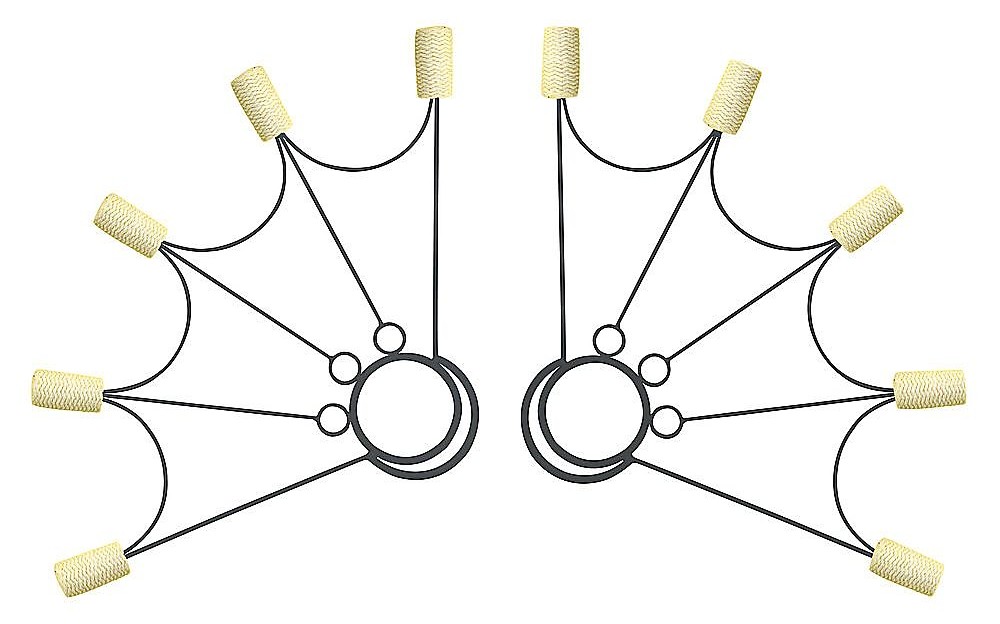
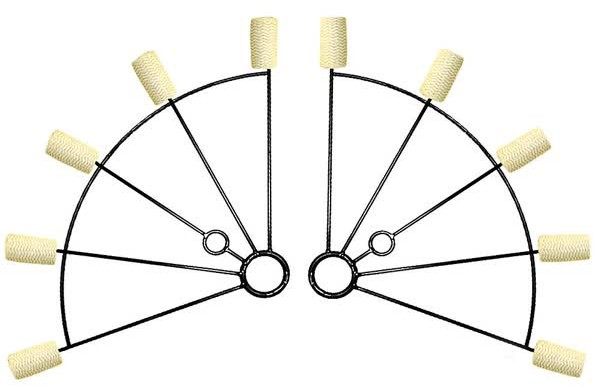
Images from Home of Poi
So, Home of Poi happens to carry both these designs and could be the supplier. As of 2022,I have seen prices for fans like these as low as $50 for only the frames and about $110-140 with wicks (prices may be a pandemic-related anomaly). They seem to be entry-level fire fans.
The Club’s Usage of the Fans
I am not sure how old these fans are. The spider web large ring fans seem to be more popular amongst current club members. The small ring one wasn’t fully wicked until this past semester (stay tuned for a post about wicking fans & what not to do!).
The website does warn about the small ring one - these lightweight fans “are not recommneded to be thrown or dropped.”
Well…
People do attempt tossing/throwing on them, especially the large-rings. I think this is a recent trend in the club based off an uptick in damage - a year ago, they didn’t exhibit anythong worse than bending!
Inspection Time!
Here is one pair. Normal but bent. Wicks are rolling out of place. 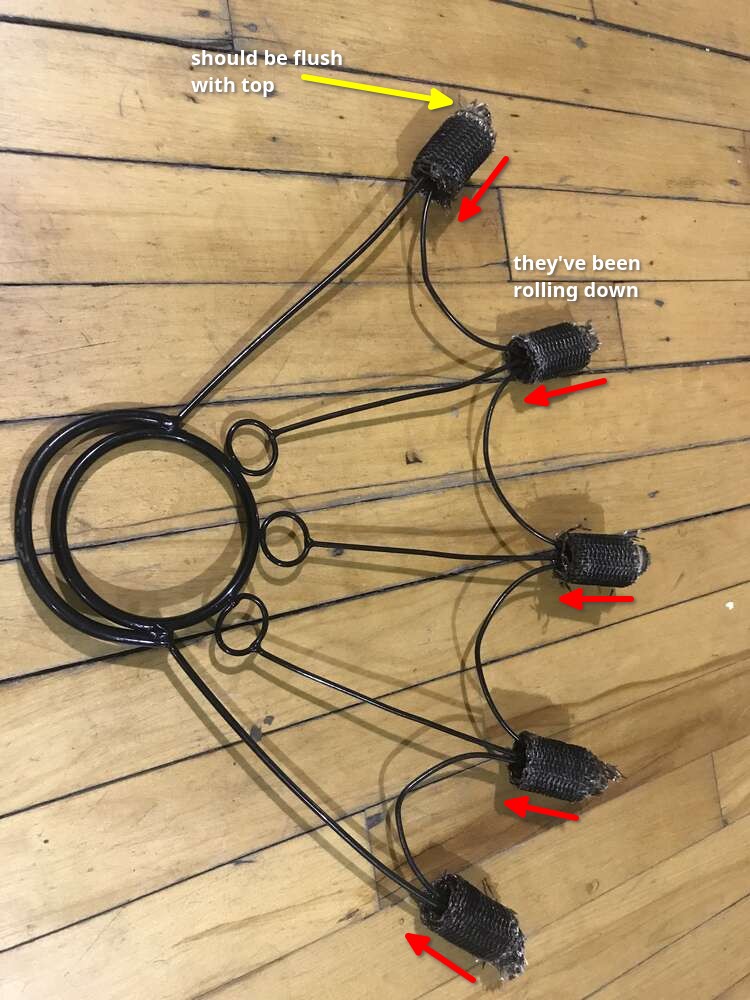 You can also see in the previous (and the following) web fans that the radial spines are no longer
straight and the curved spines between them are uneven.
You can also see in the previous (and the following) web fans that the radial spines are no longer
straight and the curved spines between them are uneven.
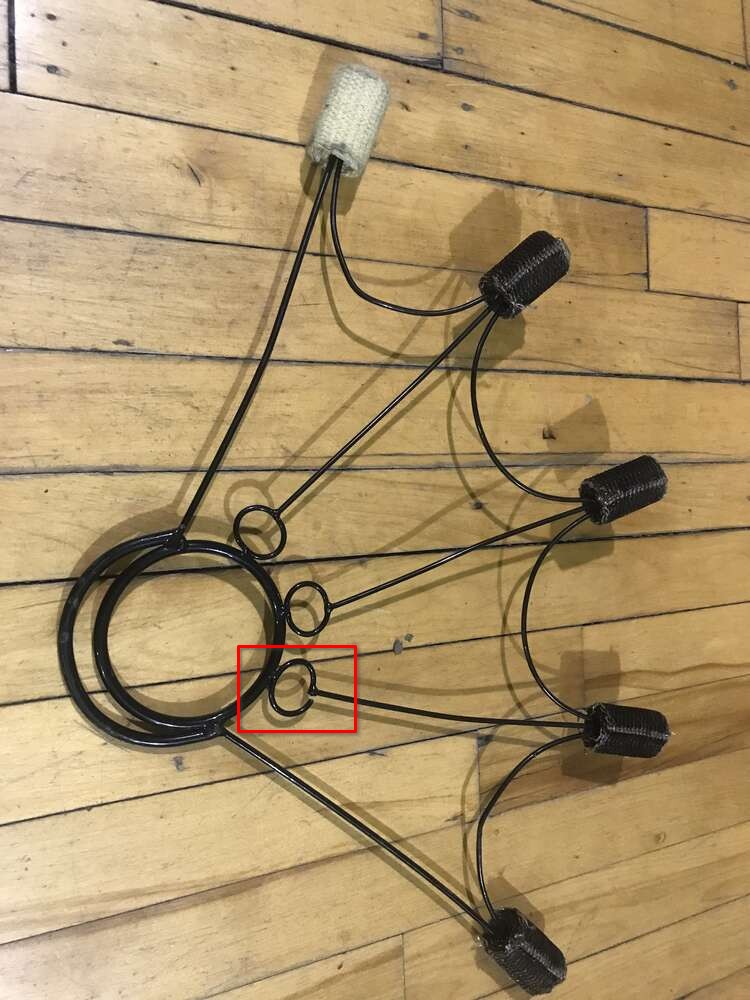 Broken!
The weak point was at the weld of a mini ring. It is still generally useable though.
One wick was replaced after the old one rolled
most of the way off.
Broken!
The weak point was at the weld of a mini ring. It is still generally useable though.
One wick was replaced after the old one rolled
most of the way off.
This looks mostly fine, right?
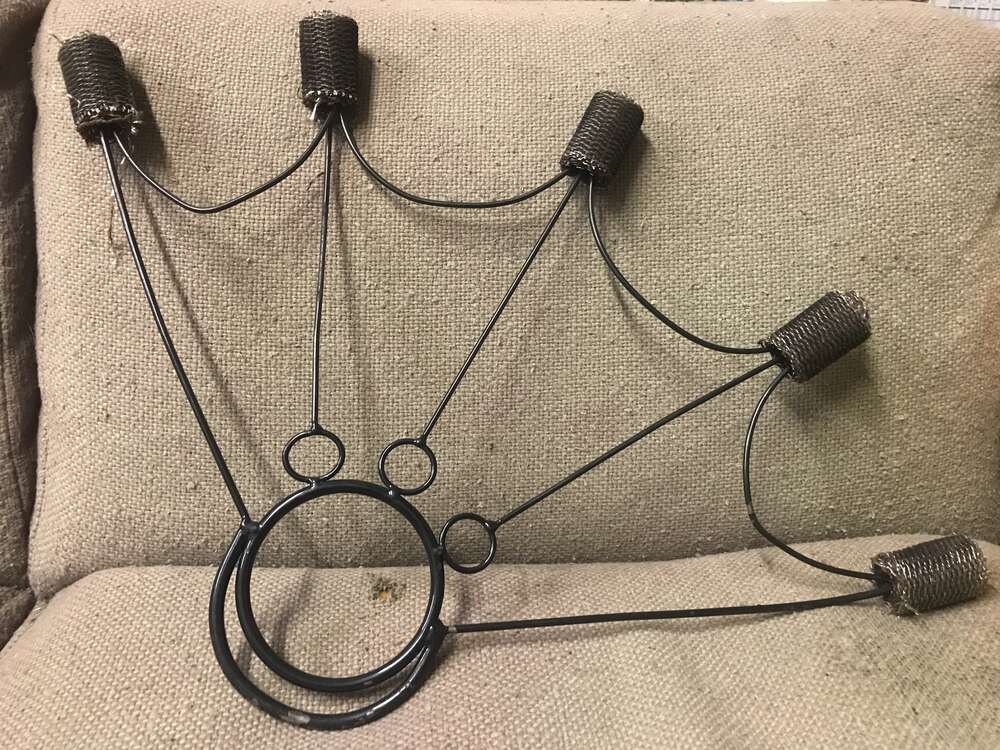 Look closer.
Look closer. 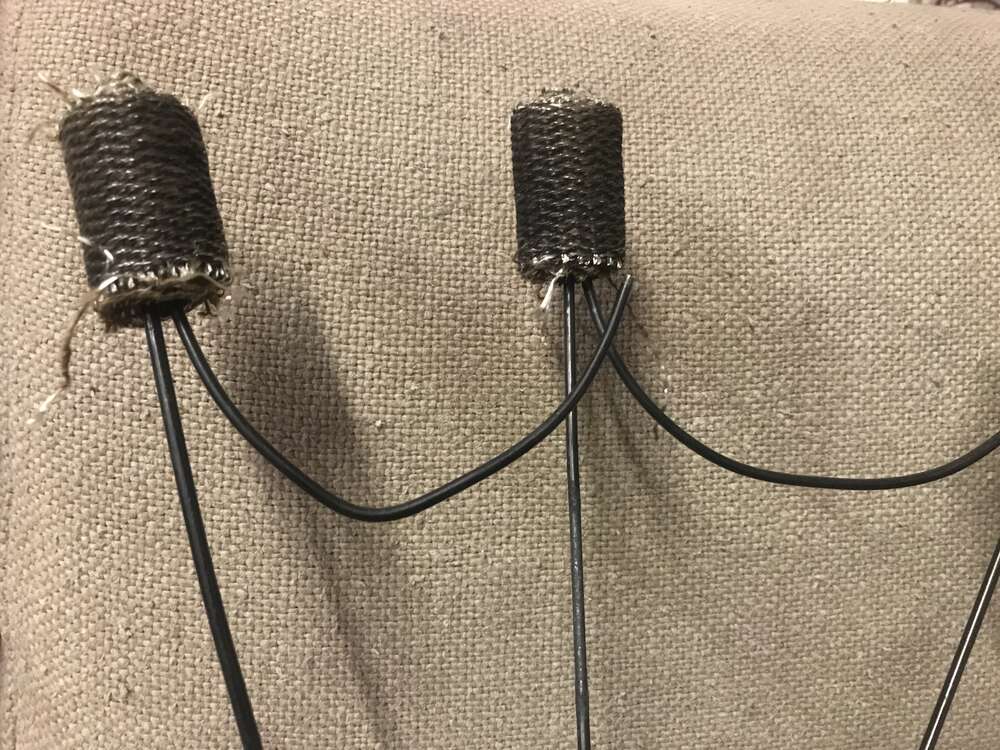 The weld joint where the curved part meets the radial spine broke and now this fan is sad to spin.
The weld joint where the curved part meets the radial spine broke and now this fan is sad to spin.
Some spider web closeups now:
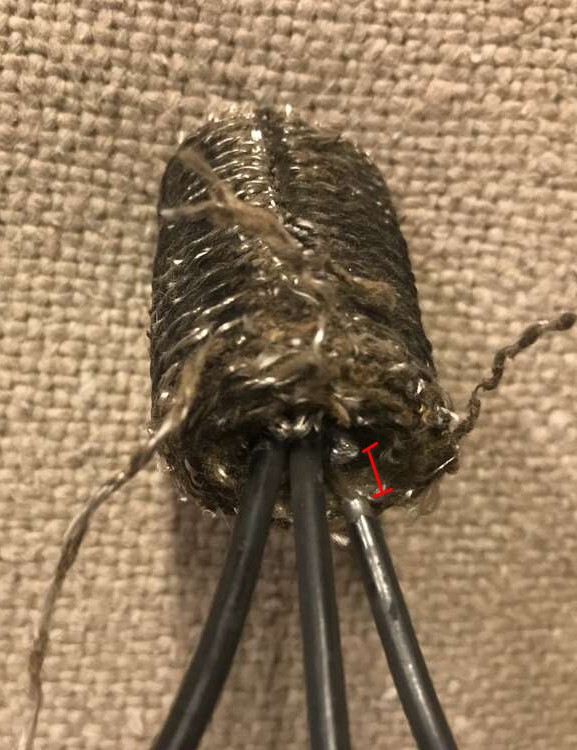
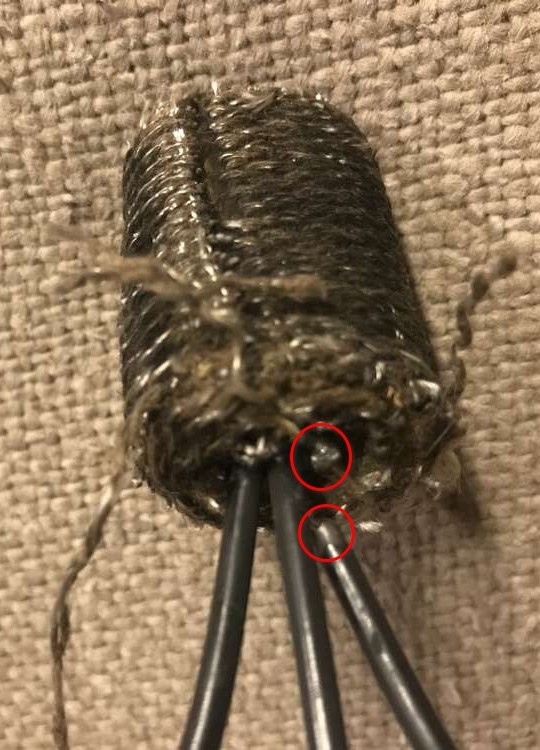
Now, the small ring spoke fans haven’t seen as much use. But while they used to look just
like the website shop picture from up above, they quickly turned to this: 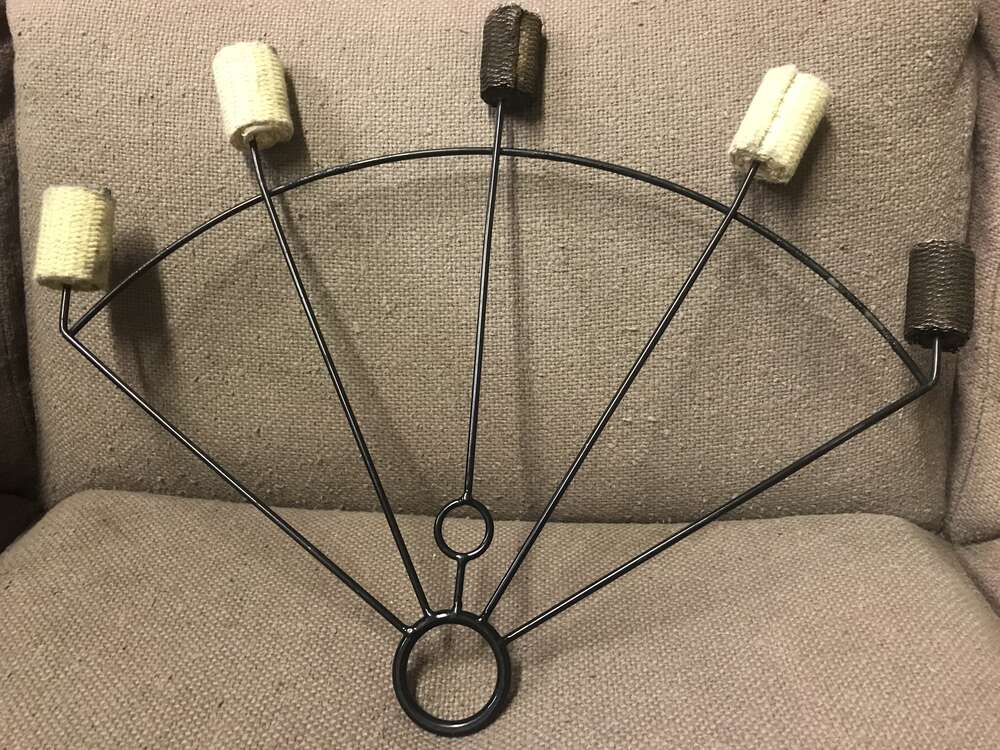
The outer edges, which bear the brunt of most falls, have bent inwards - they’re no longer radially pointing.
In summary, two of six fan frames are broken (welded/solid segments disconnected); one from each pair of the spider web fans.
There is also noticeable bending in both designs.
Material & Design Takeaways
Descriptions of some of these types of fans cite that they were made of spring steel and that slightly thicker rods are used on the edges that face the brunt of impact. However that is not enough to prevent the wear that we saw above.
Otherwise, a lot of the designs we did have could not handle many drops (so be careful doing tosses)!
During my research, I came across some designs that may lessen these weaknesses. They are both much more expensive, though.
- Most of the fans by Forged Creations are manufactured in a more thoughtful way. The ones I’ve seen (the black powder coated Home of Poi style ones) have the steel rods overlaid then welded together. These forged fans seem to have thicker welds and the steel lies on the same plane. They also have a spine layout and joint placement to prevent breakage.
- A different take, by FlowDNA is on the material - using an aluminum design cut from a larger stock piece, rather than connecting seperate pieces.

